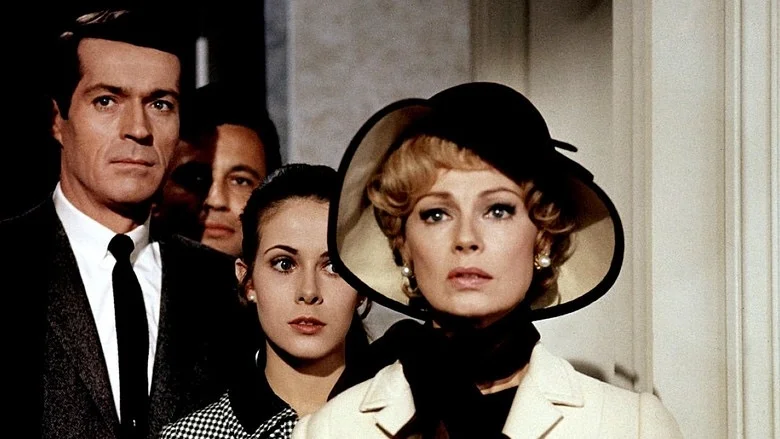Beginner's Guide to Alfred Hitchcock: The Man Who Knew Too Much (1934)
We’re living in an era of cinematic remakes and reboots, but the industry has always looked back for inspiration. Even Alfred Hitchcock made a remake, albeit one of his own film. The Master of Suspense made two versions of The Man Who Knew Too Much, in 1934 and 1956. To mark my one-year anniversary writing this column, I’ll be taking a look at both versions, starting with the British original. The film marked the English language debut of screen icon Peter Lorre (best known at the time for Fritz Lang’s M). Frequent Hitchcock collaborator Charles Bennett wrote the screenplay. Along with Peter Lorre, the film stars Leslie Banks (The Most Dangerous Game) and Edna Best (The Swiss Family Robinson).
Competitive sharpshooter Jill Lawrence (Best) is vacationing in Switzerland with her husband Bob (Banks) and daughter Betty (Nova Pilbeam, star of Hitchcock’s Young and Innocent). They come across Abbott (Lorre), whose chiming watch distracts Jill during a competition. Later, Jill is dancing with handsome skier Louis Bernard (Pierre Fresnay), who is mysteriously murdered. Louis reveals some cryptic clues to Jill upon his death, and Betty is soon kidnapped by a criminal organization. The Lawrences are told that Betty will be killed if they tell the authorities. Without much choice, they return to England and try to find their daughter with the help of their friend Clive (Hugh Wakefield).
For such a seemingly serious plot, The Man Who Knew Too Much is a rather fun, jokey thriller, and Hitchcock stages a number of darkly funny sequences. The scene where Louis is killed starts out rather amusingly: Bob plays a prank on his wife and the handsome man she’s dancing with. The film also has a scene with a menacing dentist, somewhat bizarrely played for laughs. The gang hides out in a church, which may or may not be a Hitchcockian jab of irony. Clive and Bob share information to the tune of a church hymn. A brilliantly ridiculous fight scene has people throwing chairs at one other. The film also features a number of interesting visual touches, like a circle of fingers pointing to a bullet hole or a shocking close-up of mock teeth.
The most famous scene is the assassination attempt at Royal Albert Hall. With crisp editing by Hugh Stewart, haunting music, Hitchcock’s striking direction, and Edna Bet’s determined acting, it’s truly a highlight of Hitch’s early career. Thanks to a key set-up earlier, the audience knows when to expect the gun to go off, and anticipates it with dread and nervousness. There are four critical gunshots in the film, and only two manage to hit its intended target for the desired effect.
Even after that standout scene, the film goes on to its climax. Because the villain is played by Peter Lorre, the extended final act is riveting. The actor could barely speak English at the time, but it makes Abbott that much more calculated; he chooses his words carefully and says more through body language. Lorre was living in France in poverty, after fleeing Nazi Germany with his first wife, actress Celia Lovsky. Hitchcock saw Lorre in M, and sent for him. Lorre tried to hide his poor English, but the director was taken with him. The performance is absolutely terrific; it’s menacing but there’s a slight hint of warmth. Also, the image of Lorre with a cigarette hanging from his mouth is iconic.
Hitchcock was excited to work on this film, his first in a long collaboration with the Gaumont studio, after his two previous flops Rich and Strange and Waltzes of Vienna. He considers the British version of this story as the work of a “talented amateur” but I’m not sure I agree; the film is more artfully made than amateurish. The camerawork by Court Courant has some stunning compositions, along with some humorous ones. Edna Best and Leslie Banks are both compassionate and wry as an ordinary married couple in this extraordinary plot.
At a brisk 75 minutes, Hitchcock crafts a thrilling tale of international intrigue that precedes his later work. 22 years later, Hitch remade the film on a grander scale with major stars James Stewart and Doris Day. How does it compare to the original? Tune in next time to find out.















